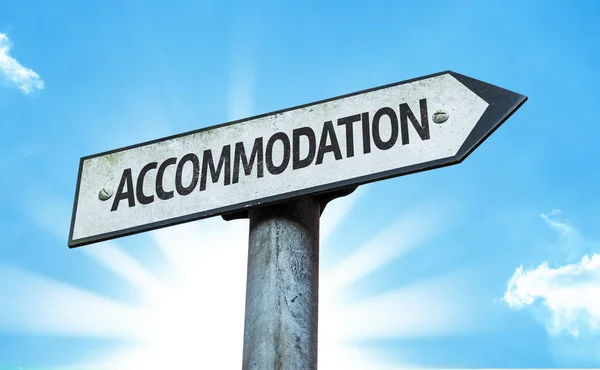Home » Resources » Access & Accommodations » Coordinating Services » Dual/Multiple Accommodations
Dual/Multiple Accommodations

Providing both interpreting and speech-to-text services is common when an audience is made up of multiple deaf people who may each rely on different communication modes. Dual accommodation occurs most frequently at large magnet events, such as conferences. While it occurs less frequently for an individual student, it can also be appropriate in a postsecondary setting such as a classroom or while defending a dissertation.
In what academic situations is it appropriate to consider providing both interpreters and speech-to-text services?
There are a number of circumstances where providing both accommodations is helpful or necessary.
Highly Technical and Complex Content
Dual accommodations are generally used in upper-level courses that are highly technical or complex in nature. They are also used in classes that are highly interactive. Examples include medical, legal, and foreign language classes. In these settings, the student often relies on the sign language interpreter for the communication content, but references the speech-to-text service to capture the specialized vocabulary.
Campus-Wide Events
During large events such as graduations or conferences, it is prudent to provide both interpreters and speech-to-text services if the campus expects a number of deaf people in attendance, including students, family members, or friends. By providing both accommodations, especially proactively, event planners are better able to ensure effective communication for all.
For Multilingual Deaf Students
Dual accommodations can benefit students who are still learning English but may be fluent in another written or signed language.
During a Dissertation Defense
During this high-stakes event, the student can monitor how their signed communication is being voiced by viewing the real-time captioning, and therefore can immediately clarify concepts and correct interpreter misinterpretations.
More Than One Deaf Student in a Class
When there are several deaf students in a class, there is a higher chance that the students will have different communication accommodation needs.
Primary But Not Complete Reliance on Speech-to-Text
In this situation, the speech-to-text provider may be the primary provider of information for the student, with the interpreter assuming a smaller role, such as only voicing what the student is saying in sign language.
What logistics should be kept in mind when providing dual accommodations?
To successfully provide dual accommodations, it is important to keep the lines of communication open between all the parties involved; the disability services professional, the service providers, and the student. It may take some trial and error to determine how the instructor or presenter, the interpreter, and the speech-to-text provider will work together. It is important to allow for flexibility. If the mode of instruction changes during the class, such as from lecture to interactive group work, it may be necessary to switch accommodations.
Service providers should also seek feedback from the deaf student about how to best use the dual accommodations within the classroom. For example, it can be established that the interpreter rests temporarily if a student is reading a realtime transcript.
The Law
The Americans with Disabilities Act (ADA) 2010 Standards for Accessible Design suggests the key to ensuring effective communication is to consider the nature, length, complexity, and context of the communication, as well as a person’s normal method(s) of communication. The most important person to involve in the discussion of accommodation planning is the deaf person.





